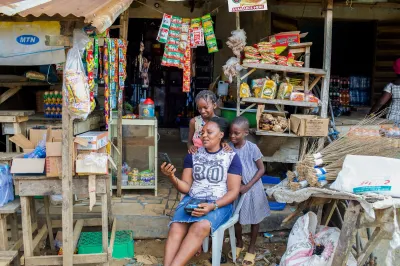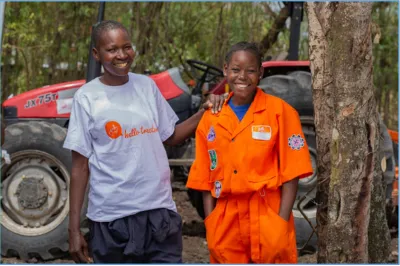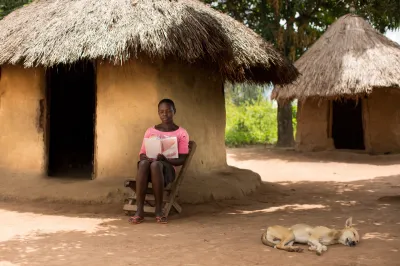What You Don’t Know about M-PESA
Olga Morawczynski is a doctoral candidate at the University of Edinburgh and has spent more than a year investigating customer adoption and usage in both urban and rural Kenya. She is the author of a forthcoming CGAP brief on M-PESA and recently co-authored Designing Mobile Money Services: Lessons from M-PESA with Ignacio Mas.
The story of M-PESA that most of us know usually goes as follows. The two big players, Vodafone and Safaricom, got together to develop and launch M-PESA. They spent months testing, adjusting, and re-testing the system before it went live. The result—an immensely popular service offering that has radically changed both the financial and telecommunications sectors in developing countries and spawned a lucrative industry for mobile money. This is not exactly how the story went, at least not in the early days. Vodafone, led by a powerful duo of Nick Hughes and Susie Lonie, was heavily involved from the beginning. While Nick was selling the service idea to the executive staff at Vodafone, Susie was getting her hands dirty, so to speak, and leading the pilot in Kenya.
Although Safaricom provided support throughout the pilot (access to desk space, a small customer care and finance team, technical integration and support) they did not dedicate a larger team to the project until commercial launch. This is not surprising. The mobile network operator (MNO) was still focused on growing their customer base. The introduction of a service that radically differed from their core service offering was risky. Many also questioned whether M-PESA could beat out a form of value transfer that was already in place—airtime.
So, if Safaricom was not heavily involved in the pilot then who was? There was also a smaller player that had a vitally important role in the conceptualization and development of the application. That is, Sagentia, a technology consultancy firm based out of Cambridge. The firm not only wrote the software for M-PESA, they also designed the business processes, and provided operational and technical support during the pilot and after launch.
Recently, I was lucky to meet the initial development team of Sagentia (now they have formed their own company called Iceni Mobile) at their offices just outside of Cambridge. Several interesting findings came out of this discussion. Firstly, the firm emphasized that a small and dedicated team is important, especially when two big players are working together. M-PESA needed a significant amount of attention from the beginning. The demand for such attention increased as M-PESA grew rapidly—surpassing 2 million customers within their first year. Members of the team told stories of being on-call 24/7, and resolving system issues in the middle of the night. There is no doubt that it would have been difficult to get such attention from either of the MNO giants. Usually, these companies lack the resources (human, time) that are needed for the development of this type of system. This is especially the case if the product has not yet gained the confidence of those at the very top.
Furthermore, the design of the application interface and entire system underwent several iterations. It began as a tool for the repayment of MFI loans. It was launched as a P2P transfer service. Such changes were made because the pilot team did their research, and closely monitored usage patterns. Their findings in the field were then fed back into the design of the application. The team explained that to react to these changes, they focused on flexible design. This has paid off generously as M-PESA moves across other contexts, which have very different needs and usage patterns.
I ended the discussion by asking the team what they planned to focus on next. How do you, after all, beat a success like M-PESA? They assured me that M-PESA was just the beginning. Using the mobile as a platform, they plan to create developmental services that penetrate other spheres —m-health, agribusiness. They further predicted that the mobile will soon begin to revolutionize these other spaces as well. This is a very exciting proposition. If the mobile phone can penetrate and transform financial sector, which is dominated by old and powerful players, imagine what it can do in these other spaces.




Comments
I don't know if you are aware
I don't know if you are aware, but most Kenyans, like myself, always believed that a Kenyan conceived of this project and that it is therefore a "Kenyan Invention". A few days ago, in a Kenyan newspaper, there was an article about Nick Hughes, Inventor of MPESA (which sent me off to find out more and lead me to your blog and article). Your article says Mr. Hughes was selling services for the pilot. Is he therefore not responsible for conceptualizing MPESA? Did the unnamed Sagentia duo conceive the idea and design the pilot? Your article is a little cloudy about this vital information. Thanks for posting this though, your article is very illuminating, and I'd very much appreciate an answer to my question.
Add new comment